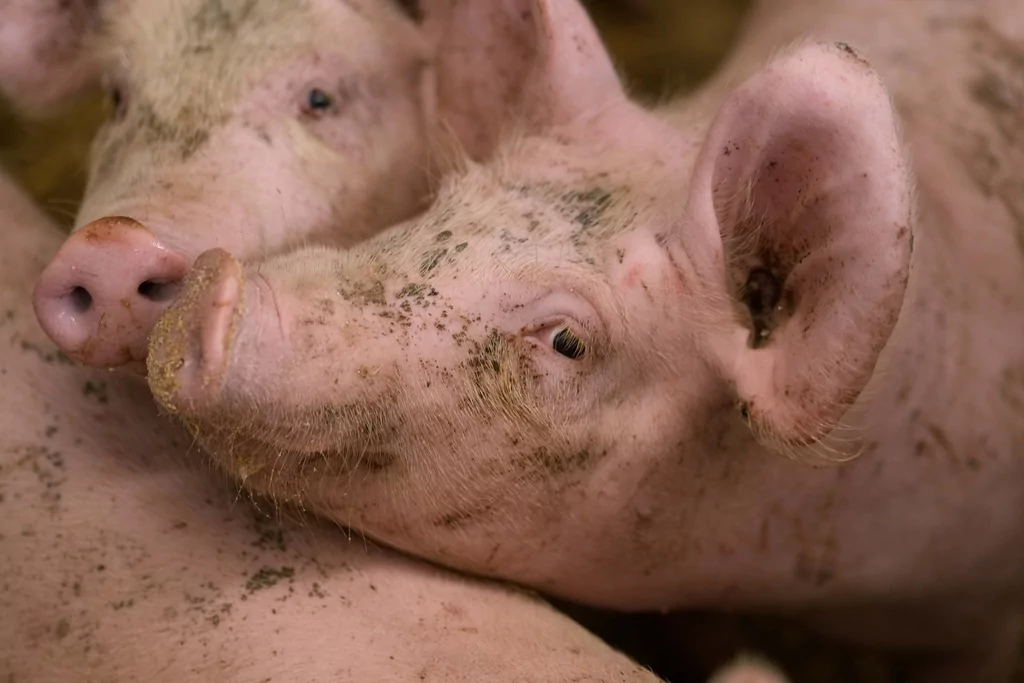
Public health officials in Oregon announced on Wednesday the first known case of H5N1 bird flu in a pig, raising new concerns about the growing risk of the virus being able to infect humans more easily.
Because pigs can be infected by both bird and human viruses, medical experts consider them to be a genetic mixing bowl of sorts or a host in which H5N1 could develop the necessary mutations that make it more transmissible between humans.
The U.S. Department of Agriculture announced late Wednesday evening that Oregon officials are investigating a backyard farm operation in Crook County where poultry on the farm had tested positive for the virus.
One of the farm’s five pigs was confirmed to be positive for the virus. According to the USDA, all five pigs were euthanized for diagnostic testing. So far, two of the pigs tested negative, and the other two tests are still outstanding.
H5N1 bird flu has been a top public health concern since it was discovered in dairy cows this spring.
According to the Centers for Disease Control and Prevention, there have been a total of 27 humans infected with bird flu this year, nine due to exposure from poultry and 17 associated with cattle exposure. So far, there have been no cases of human-to-human transmission of the virus.
Most of these human infections have resulted in conjunctivitis, or pink eye, infections and mild upper respiratory symptoms, but the virus has killed tens of millions of birds worldwide since 2020 and more than 40,000 sea lions and seals in South America.
As of Wednesday, approximately 3.64 million birds from commercial poultry flocks are currently infected with H5N1. Since April, there have been nearly 21.5 million birds affected in the U.S.
The USDA estimates that approximately 320 dairy cattle herds across 14 states have been infected, with the number of affected herds increasing nationwide.
Although the virus is not spread to humans through beef or pasteurized milk, the USDA strongly recommends improved biosecurity efforts for farms due to the virus’s ability to live on farm equipment, posing a heightened risk to farm workers.
“There is no concern about the safety of the nation’s pork supply as a result of this finding,” the USDA said.
The public health risk of viruses evolving in pigs is remembered by the medical community and policymakers alike following the 2009 H1N1 influenza virus outbreak, colloquially known as swine flu.
CLICK HERE TO READ MORE FROM THE WASHINGTON EXAMINER
The H1N1 virus, a combination of human and swine influenza, appeared in the U.S. and Mexico in early spring. Both the Obama administration and the World Health Organization had classified it as a public health emergency by the end of April.
Between 2009 and 2010, the CDC estimates, there were nearly 61 million cases of H1N1 flu in the U.S., including over 274,000 hospitalizations and nearly 12,500 deaths, mostly of patients under 65.
Discover more from reviewer4you.com
Subscribe to get the latest posts to your email.





